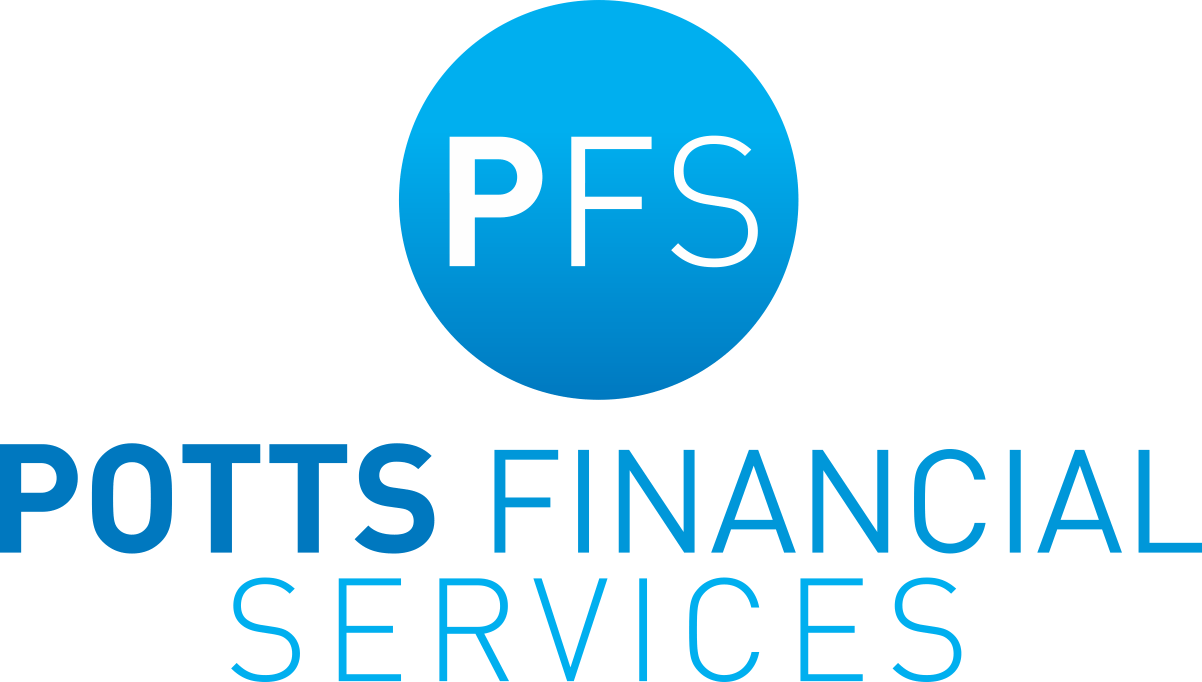
If you like writing or receiving cheques, your days might be numbered. Last week, Treasurer Jim Chalmers announced a plan to phase out the use of personal cheques by 2030. To be honest, it is amazing cheques have lasted this long.
In Australia, the use of cheques is governed by, among other laws, the Cheques Act 1986, which defines a cheque as “an unconditional order in writing that: (a) is addressed by a person to another person, being a financial institution; and (b) is signed by the person giving it; and (c) requires the financial institution to pay on demand a sum certain in money.” Which is a fancy way of saying that if I give you a cheque, I am writing instructions for my bank to move money from my account to yours. I am giving you the instructions and it is your job to get them to my bank.
Cheques have been around for almost as long as banks have existed. Back in the day, before electronic banking, they were the main way for large sums of money to pass between people. They were much more convenient than transferring cash, with added safety features such as creating a trail between payer and payee. This was particularly the case for cheques that were marked non-negotiable, as only the person named as the recipient of the cheque could then make a claim using the cheque. A similar effect could be had by crossing out the words (or bearer) on a cheque. The bearer of a cheque is the person currently holding it. So, if a cheque was made out to ‘Adam Smith (or bearer)’ then any person holding the cheque could present it to the bank. If the cheque was made out to Adam Smith only, then only someone with that name could present it to the bank. Good news for Adam if he lost the cheque.
Strictly, a cheque needs to be presented to the bank of the person who wrote it. This is another way in which cheques are more secure than cash. If, for example, I bank through the ANZ bank and I give you a cheque, then the cheque needs to end up with the ANZ Bank before the money will be transferred. However, it is usually possible for you to present the cheque at any financial institution. So, if you bank with Westpac, you could present my cheque to your local Westpac branch. Westpac will then send the cheque to the ANZ, who will transfer the money to your account at Westpac. This is known as ‘clearing the cheque’ and it can take several days to happen. This can create an opportunity for me as the drawer (or writer) of the cheque: I can actually write a cheque before I have the requisite money in my account. As long as the money is there when my bank gets the cheque, it will be honoured. (Of course, it also means I can cancel the cheque after I have given it to you. In which case the cheque will be dishonoured. As well might I be).
Nowadays, we can transfer money much more easily by things like simply tapping a credit card, or even our phone. We can transfer money instantly from one bank account to another. Time consuming cheques are going the way of the dodo bird. In fact, the number of cheques being written has fallen by 83% in the past ten years (and that number was already very low). Many businesses no longer accept cheques as a means of payment. Cheques are really known as a ‘legacy payment,’ as only people who are already using them still do so (which is a nice way of saying that it is really only ‘older people’ who use them).
This can actually create a serious issue. While it is easy to be light-hearted about the fact that cheques are being replaced by bigger and better things, the fact remains that lots of our clients find the various new ways to manage money a little bewildering. If this is you, then please make a time to come to talk to us. Almost always, the new ways of managing money are simpler and safer than the way things were done in the past. But they do take some getting used to, and this is another area in which we love to help.
